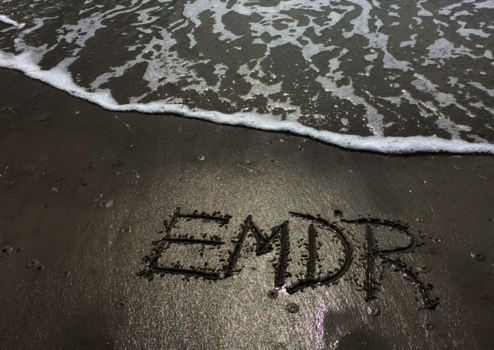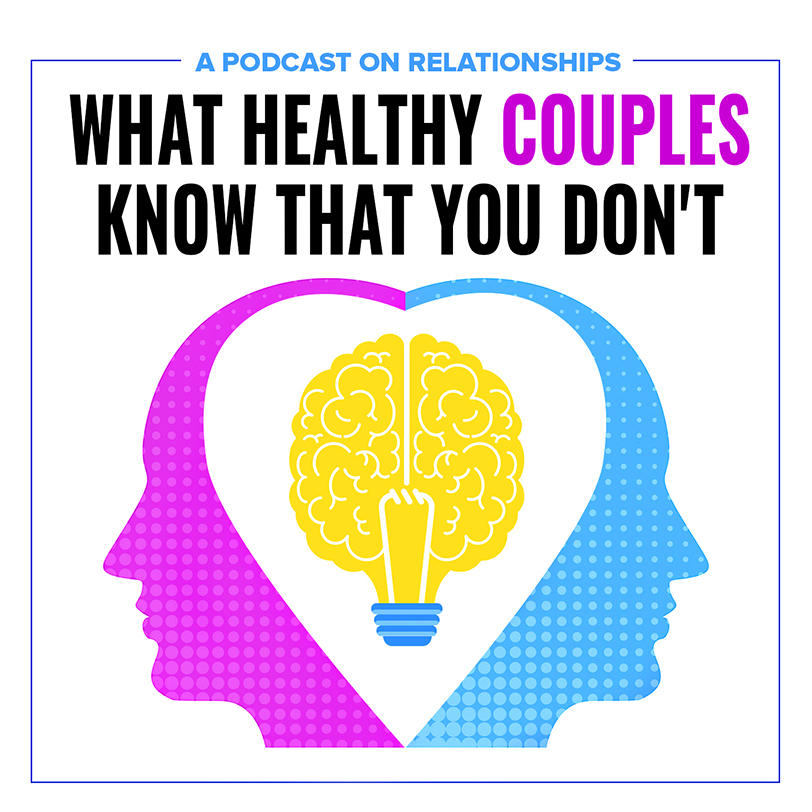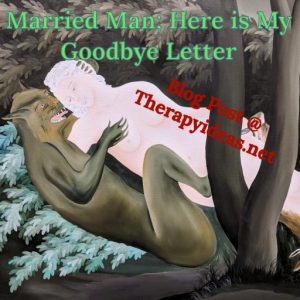PTSD & trauma includes experiencing the terrible sins of war, rape, or incest. PTSD makes you question the very core of who you are, like a jellyfish stranded on the sand. You are shaken to the roots of your sense of self & you now question everything.
“When I was raped I lost my virginity & almost lost my life. I also discarded certain assumptions I had held about how the world worked & about how safe I was.” Alice Sebold
PTSD & trauma can also be a layering of bad experiences over time; like living with an emotionally abusive parent or a parent who doesn’t want you or love you. These are also traumatic events.
I did rape & incest work back in 1980 when incest was only whispered about & only two books existed to describe the experience. Those who suffer from PTSD or trauma pay a huge price in their disconnection from themselves & their profound disconnection from others.
Trust becomes illusive. Those who are traumatized relive the events of the past as if they are happening in the present. They experience a severe loss of control. They are floundering in a sea of questions without answers.
PTSD & Trauma robs people of power.
PTSD & Trauma leaves people feeling both numb & hyper vigilant.
PTSD & Trauma separates people from all that they know & leaves them isolated.
PTSD & Trauma can suffocate people with shame & exaggerated guilt.
PTSD & Trauma leaves you shaken down to your very sense of self. Trauma destroys trust & interrupts intimacy in all relationships.
PTSD & Trauma can bury people in despair & hopelessness leading to depression. PTSD & Trauma can create profound anxiety & nightmares.
“Trauma destroys the fabric of time,” David Morris writes in his book, The Evil Hours. “In normal time you move from one moment to the next, sunrise to sunset, birth to death. After trauma, you may move in circles, find yourself being sucked backwards into an eddy or bouncing like a rubber ball from now to then to back again. … In the traumatic universe the basic laws of matter are suspended: ceiling fans can be helicopters, car exhaust can be mustard gas.”
Disassociation is something many victims of trauma experience. It begins as a survival conclusion of detaching from what is happening in the moment. Then it begins to leak into too many opportunities to disconnect in the present.
Another survival conclusion victims of trauma can make is their walls with other people get stuck in the extremes. So their walls are either all the way up or all the way down & both are problematic. They need to restore movement to their walls which can inch up or down depending on good or bad experiences.
If walls are all the way up, no one can get in to help. If walls are all the way down then everyone can trample all over because there are no boundaries.
Recovery is possible & it may be a unique path for each individual.
Recovery means learning to feel empowered by beginning with ways to soothe yourself. Calming yourself down through meditation (insight timer is a free app for your phone) or a breathing exercise that you practice every day can be helpful in establishing some techniques in self care.
I’ve never read a work of fiction that characterizes a woman detective as suffering with trauma. She consistently uses breathing techniques within the pages of all 3 novels to cope. The author, Henry Bingham has not yet revealed the childhood trauma, though he captures Fiona Griffiths’ struggles in exquisite detail.
Recovery begins with rebuilding a sense of safety within yourself. Victims of trauma must work to restore their own sense of power & control. Taking charge of a healthy diet, sleep schedule or exercise routine can be a healing beginning.
EMDR is another possibility to aide in recovery. E.M.D.R., is a psychological therapy pioneered by Francine Shapiro that uses eye movements and other procedures to process traumatic memories. This therapy has been used to treat post-traumatic stress disorder and other traumas.
Here is a you tube video testimony to help with understanding:
The evidence on EMDR was discussed by the founder Francine Shapiro in the NYT on 3/2/12: “E.M.D.R. therapy is recommended as an effective treatment for post-traumatic stress disorder in the practice guidelines of a wide range of organizations, like the American Psychiatric Association (in 2004), the Department of Veterans Affairs and Department of Defense (in 2010), the International Society of Traumatic Stress Studies (in 2009), and other organizations worldwide…”
NonFiction Books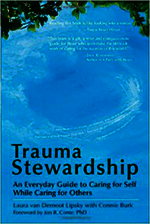 Trauma Stewardship: An Everyday Guide to Caring for Self While Caring for Others by Laura van Dernoot Lipsky
Trauma Stewardship: An Everyday Guide to Caring for Self While Caring for Others by Laura van Dernoot Lipsky
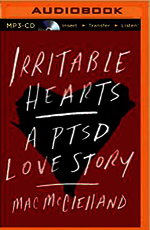 Irritable Hearts: A PTSD Love Story by Mac McCelland
Irritable Hearts: A PTSD Love Story by Mac McCelland
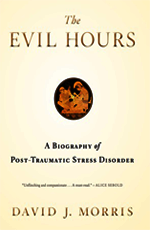 The Evil Hours :A biography of PTSD by David Morris
The Evil Hours :A biography of PTSD by David Morris
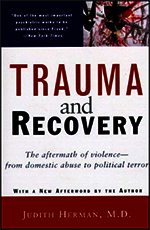 Trauma & Recovery by Judith Herman Ph.D
Trauma & Recovery by Judith Herman Ph.D
Works of Fiction:
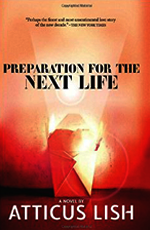 Preparation for the Next Life by Atticus Lish read review here
Preparation for the Next Life by Atticus Lish read review here
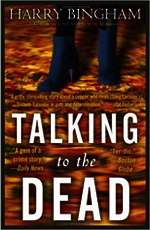 Talking to the Dead (Fiona Griffiths Book 1) by Harry Bingham read review here
Talking to the Dead (Fiona Griffiths Book 1) by Harry Bingham read review here
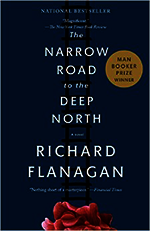 The Narrow Road to The Deep North by Richard Flanagan read review here
The Narrow Road to The Deep North by Richard Flanagan read review here
Movie About Trauma:
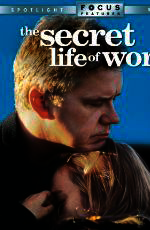 The Secret Life of Words with Tim Robbins read review here
The Secret Life of Words with Tim Robbins read review here
The movie depicts a woman who has survived severe trauma and how she copes initially by keeping her world very small working in a factory without relationships and eating chicken, white rice & half an apple every day and this world surprisingly changes.
PODCAST for Trauma in War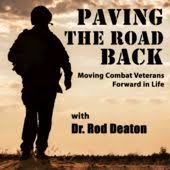 Paving the Road Back
Paving the Road Back


